You might also be interested in this
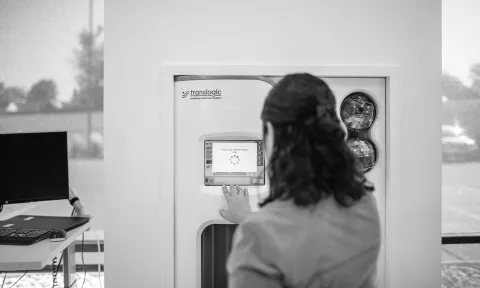
Customer Pledge
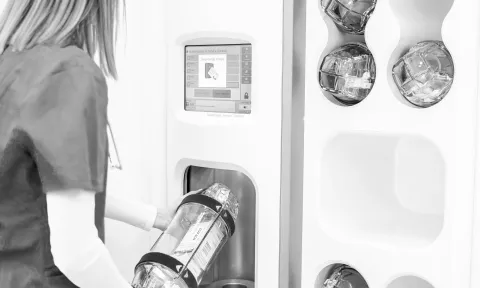
Superior Transport Automation
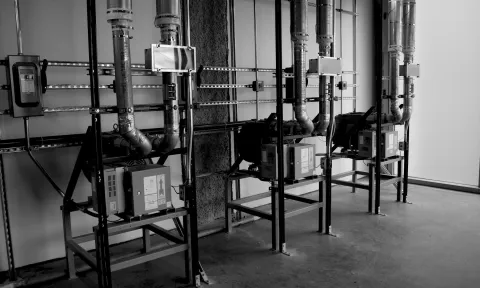
Pneumatic Tube System Components
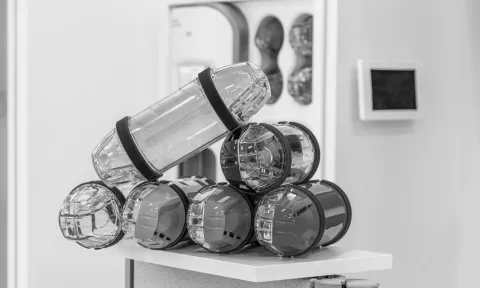
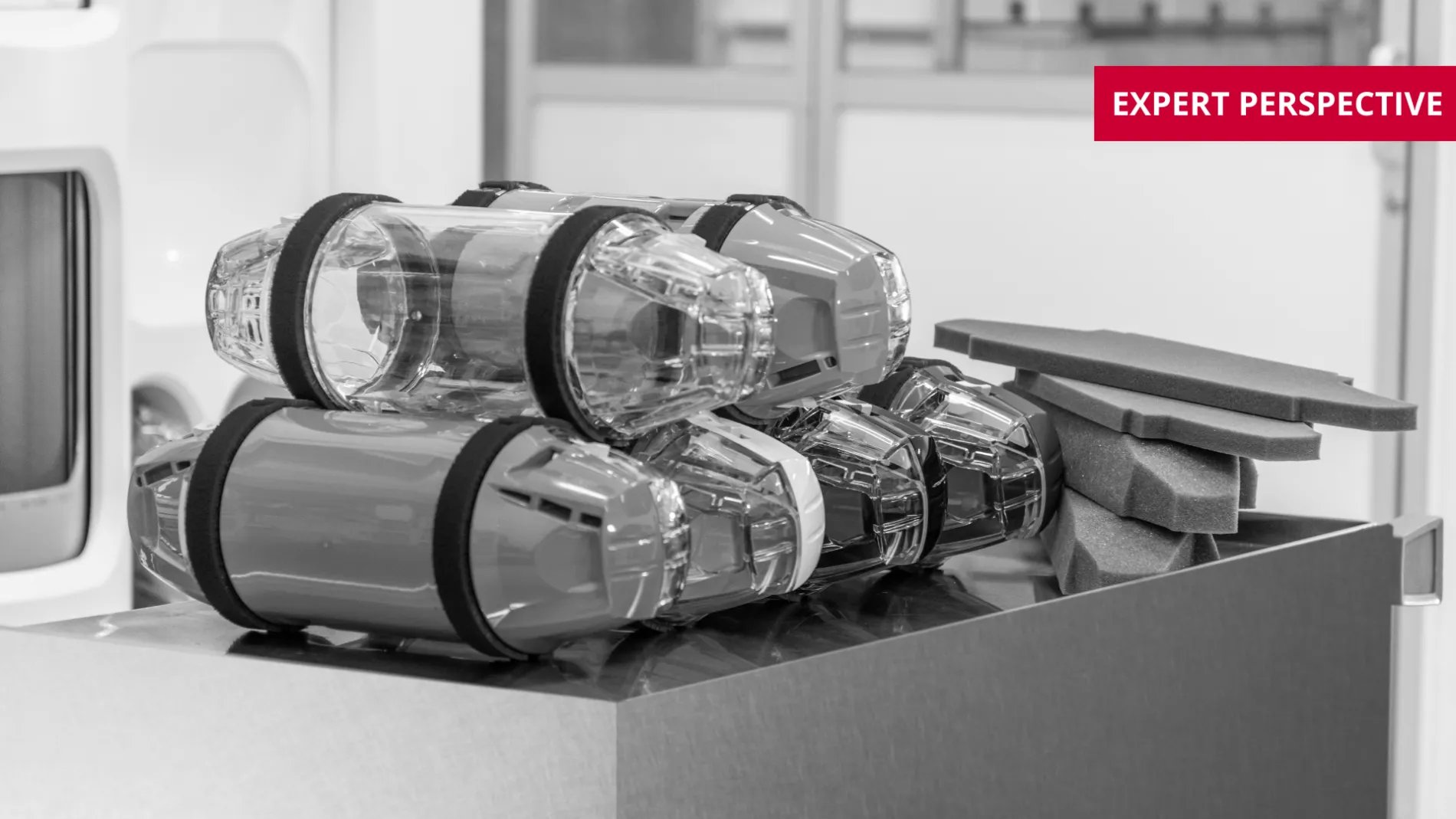
Small Things Can Have a Major Impact On Operations
Reading Time: 7 min.
11/2/2023
Scott Fincher
Over the last year, we’ve had the opportunity to visit a couple dozen hospitals across the country. While their sizes, operations, and layouts varied, they all had two things in common. First, staff heavily relied on the pneumatic tube system to efficiently move samples and medications throughout the hospital. Second, they all struggled to some degree with managing empty carriers, as evidenced by the carrier towers that built up throughout the day, most typically in the lab and pharmacy, and sometimes in the emergency department (ED).
For these hospitals, and a few thousand just like them in the U.S. and Canada, the tube system has one simple job, send material from one location to another at any time. This is predicated on ensuring staff always have an empty carrier at their disposal, which is hard to do when dozens of empty carriers are sitting idle, stacked up in towers. We’ll look at this problem and review potential solutions.
Getting Empties Out of The Lab
Labs account for about 30% of any hospital’s carrier transactions, receiving full carriers in, and sending empty carriers out almost exclusively. At certain times of day, staff can’t send the empties out fast enough. Instead, they pile them up in towers on counters, shelves, carts or just anywhere they can. Plus, labs are already constrained in their available work surface and available staff. The lab directors we spoke with would much rather be using available space for clinical purposes, not carrier storage. Stacking carriers by the dozens, these precarious towers can become safety hazards, falling over or blocking people’s movement if stored on carts in hallways, foyers or other high traffic areas.
Meanwhile, there is someone in another department waiting for an empty carrier. When it’s bad - in some hospitals as much as a few times a day - staff from other departments call facilities who must take time out of their day to walk to the lab, pick up empties and manually re-distribute them where needed. Given the size of some hospital campuses, this can span significant distances, covering multiple buildings and may even require crossing roads.
It also nullifies carrier counts, a critical piece of a tube system’s software to define how many empty carriers any given station is expected to have on hand. The software gives those that are deficient priority for receiving empty carriers, with the ability to further prioritize between departments. Manually moving carriers circumvent this automated process and throw carrier counts off. Facilities staff we spoke with must manually count carriers weekly, and in some cases daily, hospital wide. They then manually redistribute carriers where needed. This manual activity of course comes at an operational cost as facilities should be focusing on more important tasks, not manually counting carriers or carting them around the hospital.
Some labs keep empty carriers on hand and staff call the lab directly to request empty carriers. This disrupts workflow and results in a department getting an empty carrier when another department may need it more. Further, by directly sending empty carriers instead of using empty send functionality, usage statistics incorrectly deflate empty send data.
Another workaround is for staff from the sending department to include a piece of paper or label the carrier itself with, “return to” instructions. Facilities staff in hospitals that take this approach note both the paper and the labels end up in blower traps after floating loose in the tube system. This also results in a department getting an empty carrier when another department may need it more along with deflation of empty send data.
On the flip side, for a hospital with a couple thousand transactions per day, the time devoted to this manual process can add up to dozens of hours per month.
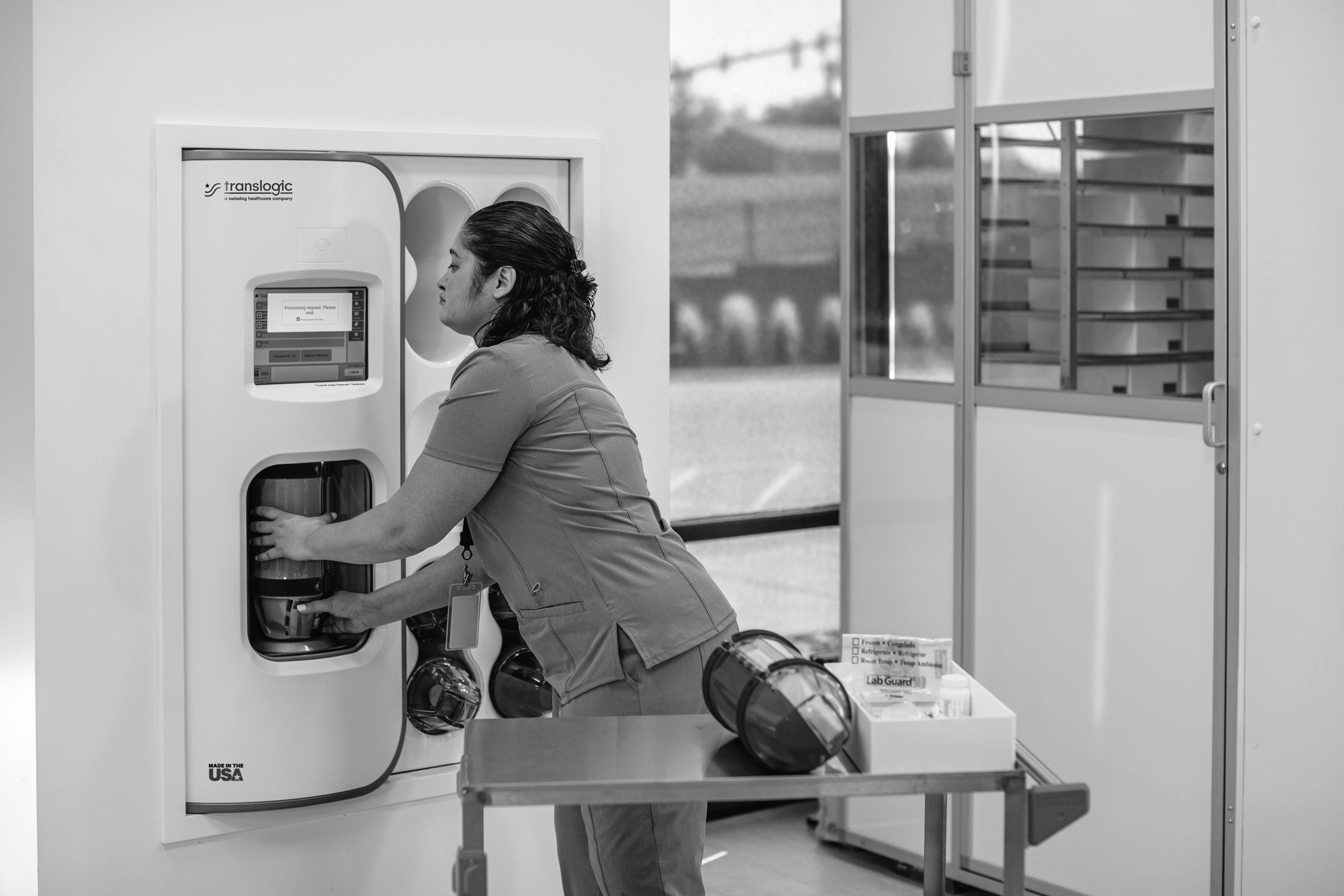




Contact our knowledgeable specialists to discover how our range of automation solutions can boost efficiency, reduce costs and enhance care at your healthcare facility.
Contact us